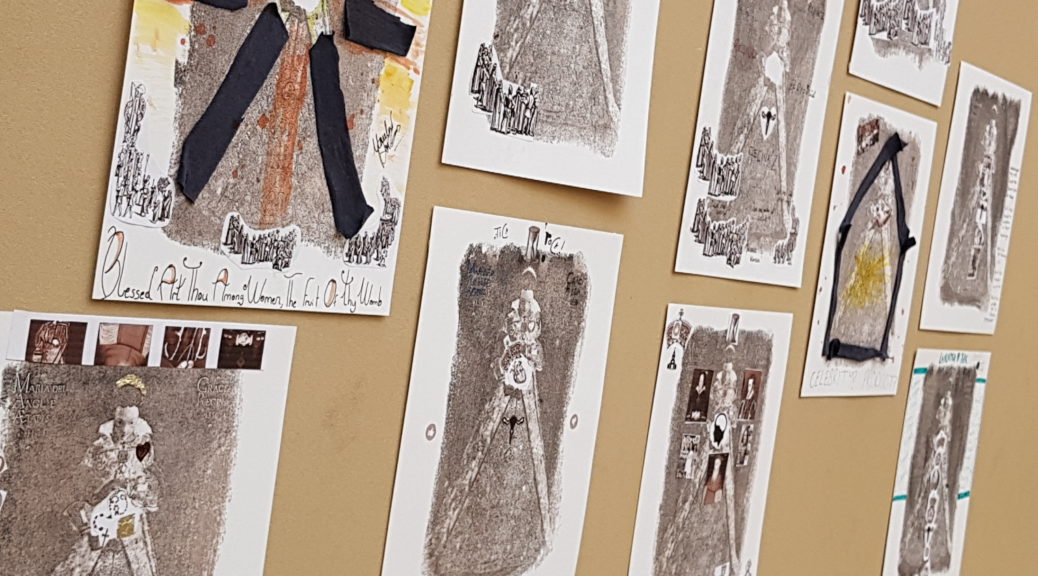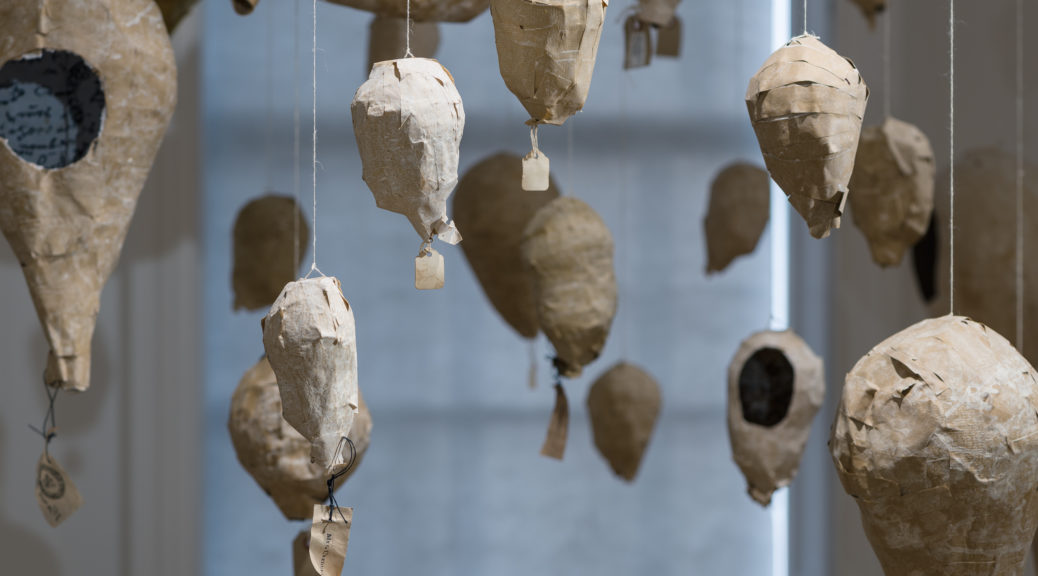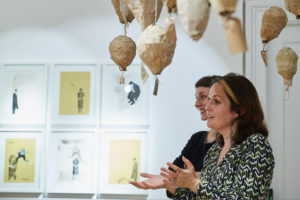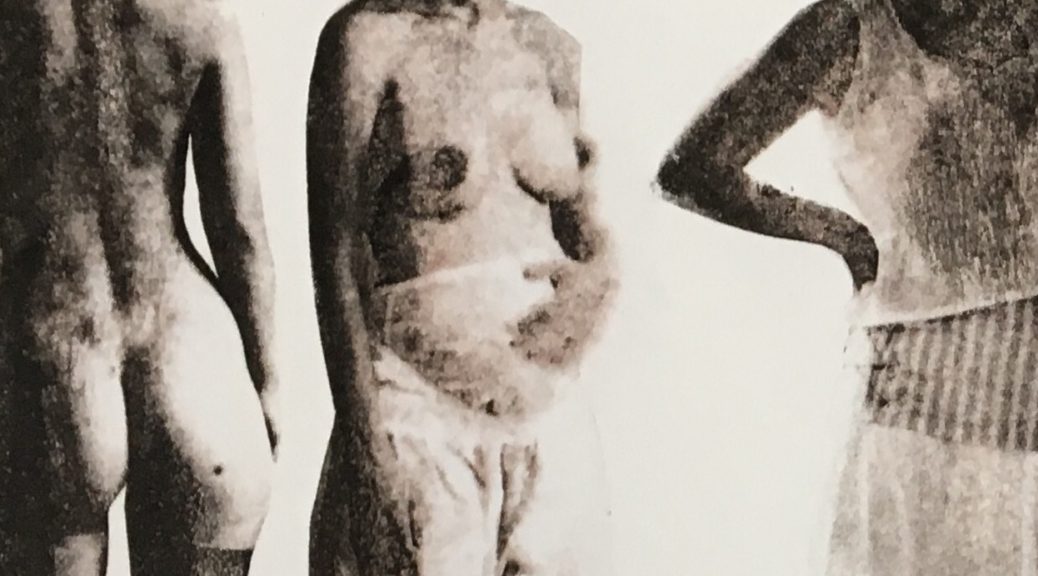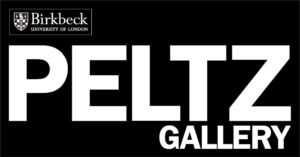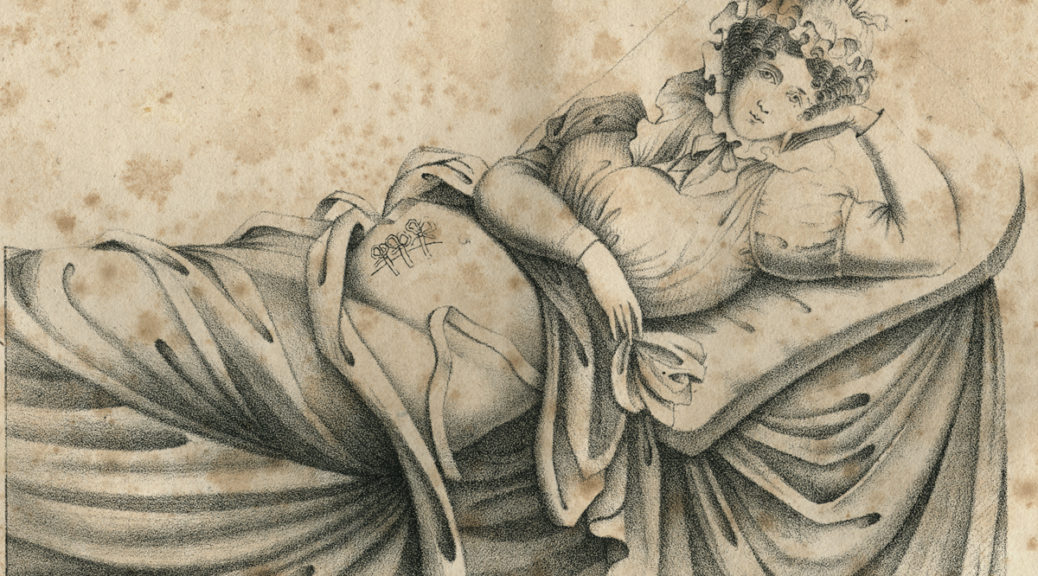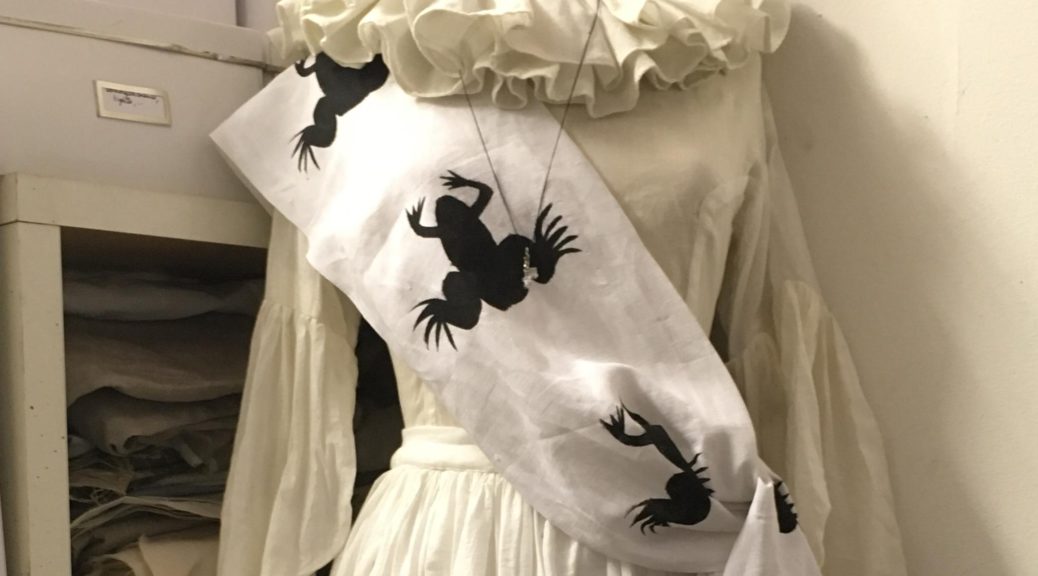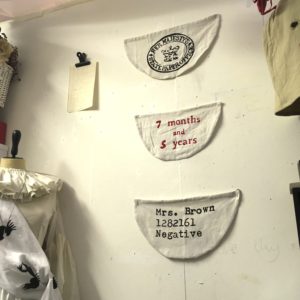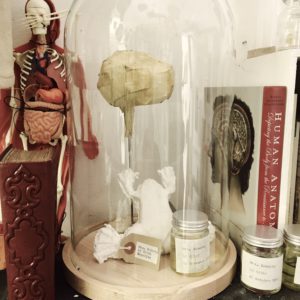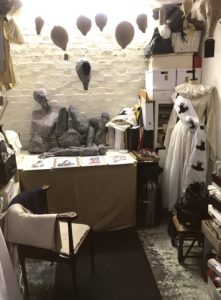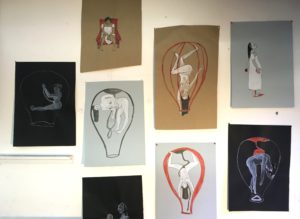A couple of weeks ago, Conceiving Histories took part in a ground breaking fertility education pilot, Making Modern Families, led by Fertility Fest and incorporating expertise from fertility scientists, arts-education professionals, artists, theatre practitioners, and young people. Fertility Fest is headed up by two visionary women at Fertility Fest, Jessica Hepburn and Gabby Vauntier-Farr, and their education initiative is funded by the Arts Council of England and the Wellcome Trust.
It was a huge privilege to be part of this extraordinary interdisciplinary group rethinking fertility education for today. We learned a huge amount during an energising week of discussion.
We met every day for a week at the National Theatre Studios in London, working together to make arts-led workshops which would foreground and confront questions around fertility, addressing perceived insufficiencies in sex education. Sex education currently is primarily focused on helping people to avoid both unwanted pregnancy and sexually-transmitted infection. These, of course, are crucial aims and there is no desire to see those health message diluted. However, at the same time, it is important that people have a better sense of what fertility is and how they can protect and preserve it. Letting people know, before it becomes an issue for them, that conceiving isn’t always quick or easy is also an important message so that, when it does become an issue for them, they don’t feel alone or unusual, and they know how to help themselves and/or where to seek help from others. Furthermore, the project sets out to tackle misconceptions about how medical science might be able to help. The media is keen to report on scientific breakthroughs in relation to reproductive science and, of course, science can do wonderful things. However, there is a lot that is still unknown and lots that it cannot do to help people to become parents.
Press for Making Modern Families:
How can Conceiving Histories help with these very contemporary fertility questions?
We think that having a historical perspective on this issue can do a number of things:
* History can help us today to find a vocabulary for delay, disappointment and the unknown, a lost vocabulary. We often think that we are very different from people in the past, who had less knowledge and fewer technological solutions. Sometimes we can forget that experiences like loss and waiting are still with us; they are modern experiences. If we don’t acknowledge that they are, people can feel left behind or at odds with modernity. People in the past thought a lot about the unknowability and frustrations of the reproductive body. We can learn a lot from them.
* History can help us find a space beyond the self to reflect on our own desires and experience. The world is full of the stories of contemporary people and their struggles. These stories are important and useful to help us understand our selves. History, however, offers a separate and novel reflective space. In that space we can mobilise our intellectual curiosity, as well as our feelings about the human reproductive body, its place in culture, and in relation to our sense of self.
*History can help us reflect on science and medicine. What is it? What do we hope it can do for us? Does it want the same things for us as we want for ourselves? How did particular scientific emphases, understandings or technologies come into being? Can we get an objective or scientific fix on our reproductive bodies?
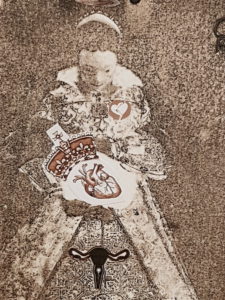 We used our workshop to explore the strange case of Mary Tudor, who was Queen of England from 1553 until 1558, and her two false pregnancies. We asked participants to think about Mary’s fantasies of pregnancy and how those fantasies were collective, driven as much by the people around her as by Mary’s own desire to be a mother and to secure her political lineage. Students spent their workshop time making images of Mary to reflect on the pressures on women to become mothers. Some students drew connections with modern monarchy and the emphasis on pregnancy in the coverage of royal marriages; others wanted to think about the messages that ordinary women today are given about becoming mothers, and perhaps particularly when they should become mothers. Mary’s story is extraordinary because it highlights the very powerful connection between the mind and body. Although our routine use of diagnostic technologies in the West has meant that cases like Mary’s are less common than they were, the close link between mind and body still exists, and looking after ourselves depends on our appreciation of that connectivity.
We used our workshop to explore the strange case of Mary Tudor, who was Queen of England from 1553 until 1558, and her two false pregnancies. We asked participants to think about Mary’s fantasies of pregnancy and how those fantasies were collective, driven as much by the people around her as by Mary’s own desire to be a mother and to secure her political lineage. Students spent their workshop time making images of Mary to reflect on the pressures on women to become mothers. Some students drew connections with modern monarchy and the emphasis on pregnancy in the coverage of royal marriages; others wanted to think about the messages that ordinary women today are given about becoming mothers, and perhaps particularly when they should become mothers. Mary’s story is extraordinary because it highlights the very powerful connection between the mind and body. Although our routine use of diagnostic technologies in the West has meant that cases like Mary’s are less common than they were, the close link between mind and body still exists, and looking after ourselves depends on our appreciation of that connectivity.
We are looking forward to seeing how this project develops and to participate in any way we can. We will continue to think about how the past can inform our reproductive present and futures. We are hugely grateful to have encountered the wonderful expertise (in science, theatre, arts, in education, and in making things happen) of all the other contributors in this important and valuable initiative.

